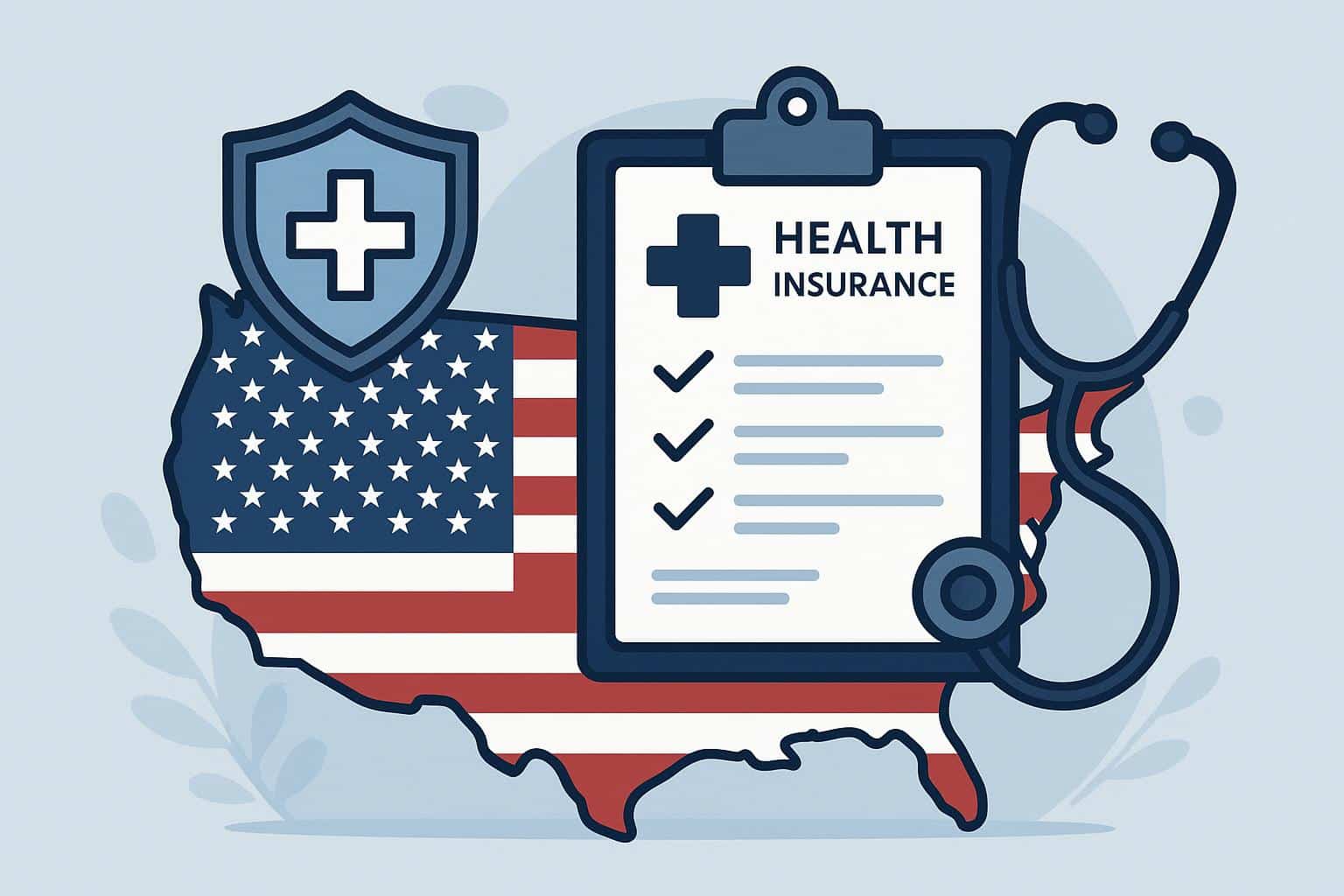Health insurance in the United States is often seen as one of the most complex systems to understand. Between policy terms, varying levels of coverage, premiums, deductibles, and provider networks, many individuals and families find themselves overwhelmed when trying to choose the right plan. Yet, USA health insurance plays a critical role in protecting financial stability and ensuring access to essential healthcare services. By breaking down its core components, it becomes easier to navigate the available options and make informed decisions about coverage.
Contents
Understanding the Basics of USA Health Insurance
At its core, health insurance is a contract between an individual and an insurance provider that helps cover medical expenses. Plans typically involve paying a monthly premium in exchange for coverage of healthcare services, from routine doctor visits to more extensive hospital treatments. USA health insurance policies may also include preventive care, mental health services, and prescription drug coverage, depending on the chosen plan.
The system is structured around key terms that every policyholder should understand. Premiums are the recurring costs for maintaining a plan, while deductibles represent the amount a person must pay before insurance begins to cover expenses. Copayments and coinsurance are additional out-of-pocket costs that come into play for specific treatments or services. Learning how these terms interact within different health insurance plans is essential for evaluating overall affordability.
The Types of Health Insurance Plans Available
One of the main challenges people face when considering USA health insurance is determining which type of plan suits their needs. Employer-sponsored insurance is one of the most common forms of coverage, often providing group plans at reduced rates. For individuals without employer options, private insurance plans are available through the federal marketplace or directly from insurers.
Government programs also play a significant role in providing coverage. Medicare offers support for seniors and certain individuals with disabilities, while Medicaid serves those with limited income. Children’s Health Insurance Programs (CHIP) help families access affordable coverage for younger dependents. With each of these programs, eligibility requirements and benefits vary, making it vital to review guidelines carefully.
Short-term plans are another option, though they tend to provide limited benefits. While they may be suitable for bridging gaps between policies, they do not always offer the same comprehensive coverage as long-term plans. Exploring all available choices ensures that individuals and families can select a health insurance plan that balances cost and care.
Key Benefits of Having USA Health Insurance
The advantages of health insurance extend beyond immediate access to doctors and hospitals. One of the most important benefits is financial protection. Healthcare costs in the United States can be extremely high, and without coverage, even routine procedures may lead to significant financial strain. USA health insurance helps reduce the risk of large out-of-pocket expenses, making healthcare more manageable.
Another important aspect is preventive care. Many insurance policies cover annual check-ups, screenings, and vaccinations at no additional cost, encouraging people to seek medical attention before small issues become serious problems. Access to preventive services not only supports personal health but also reduces long-term healthcare expenses.
Mental health services are increasingly included in modern health insurance policies, reflecting the growing recognition of overall well-being. Coverage for counseling, therapy, and psychiatric care is becoming more standard, ensuring that both physical and emotional health are prioritized.
Simplifying the Process of Choosing a Plan
With so many options available, selecting the right health insurance plan can feel like a daunting task. A good starting point is assessing personal healthcare needs, including current medical conditions, prescription medications, and anticipated treatments. Comparing different plans based on premiums, deductibles, and coverage networks provides insight into which options offer the best value.
Additionally, considering the reputation of the insurance provider and the accessibility of healthcare professionals within the plan’s network is important. Choosing USA health insurance is not just about cost—it’s about ensuring long-term support for health and well-being.

